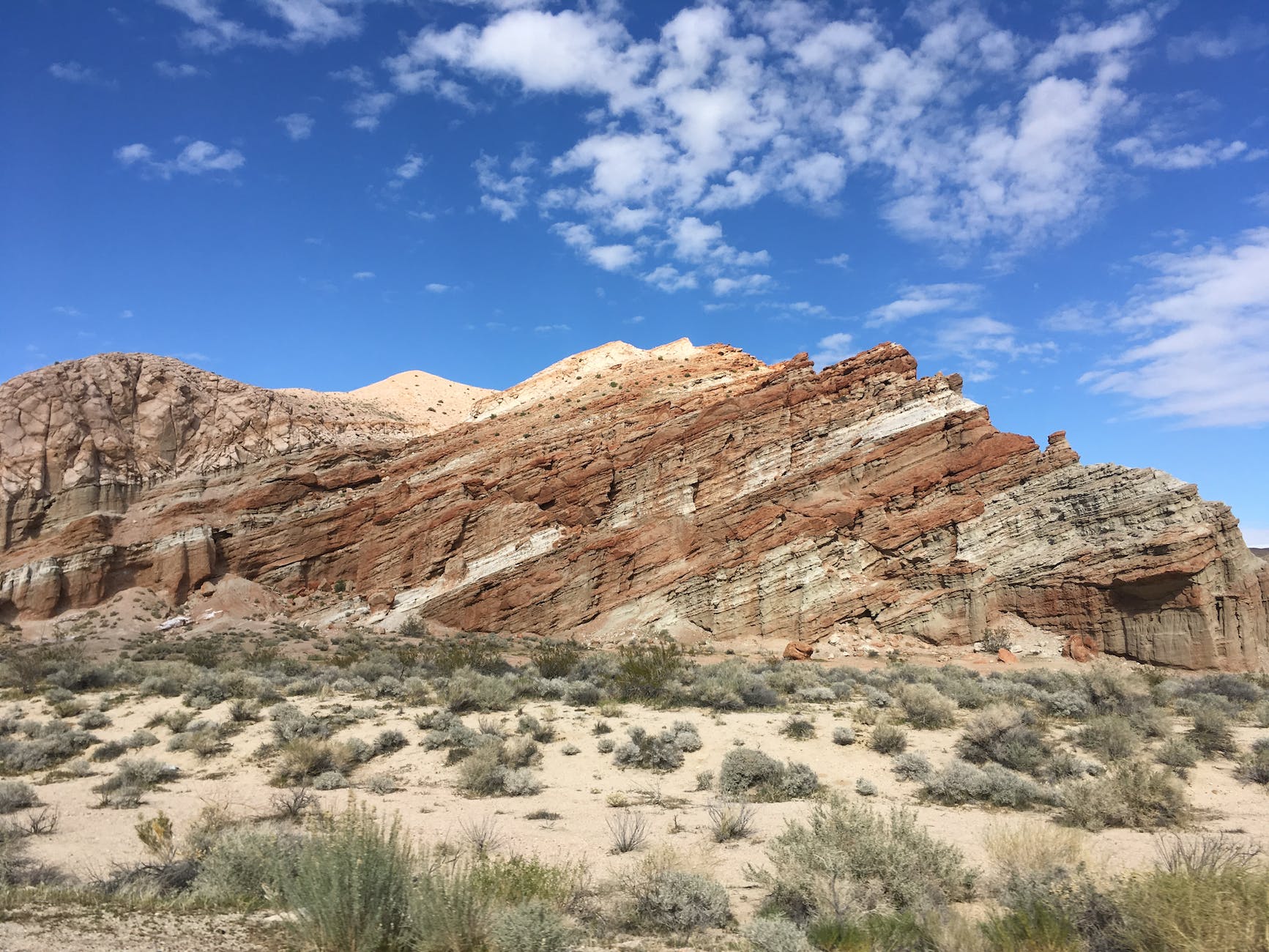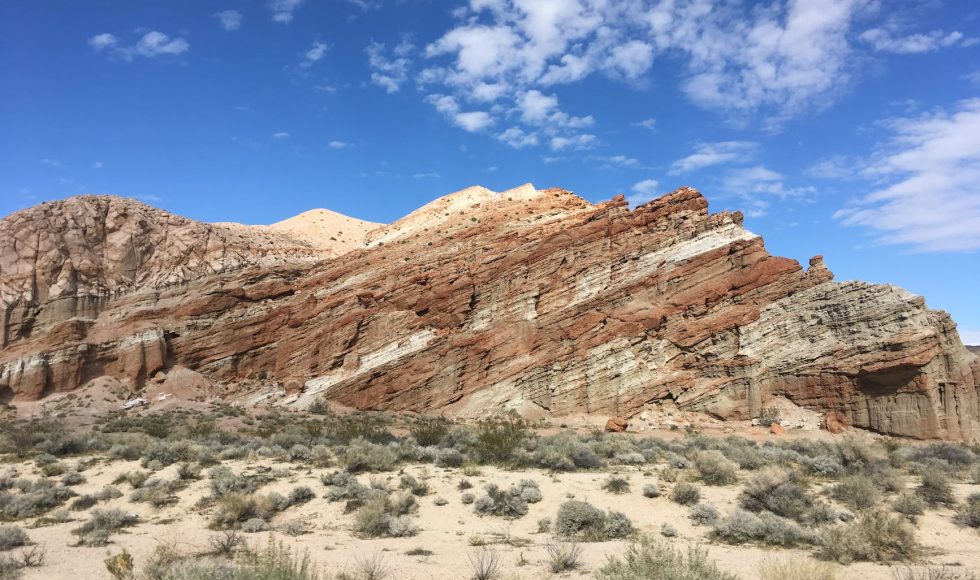Adriel Latorre-Perez from Darwin Bioprospecting Excellence S.L. in Spain presented at the Nanopore Community Meeting 2021 about “A round trip to the desert: in situ nanopore sequencing informs targeted bioprospecting.” They defined microbial bioprospecting as “the search for biotechnologically-relevant products from microbial communities.” The products could be enzymes, molecules, or microbiomes. The process starts with study design, paperwork for permits, bioprospecting expedition, lab screening, sequencing, and traditional approaches. Latorre-Perez noted that a limitation is once at the site, determining which samples to take. Screening is time consuming. They also mentioned that bioprospecting is typically unidirectional: to sample some more or change the experimental design, you have to start the process over. Latorre-Perez and team were interested in dessication and radiation resistant microbes. They explained that these unique microbes can have pigments with anti-oxidant features. They went to the Spanish Tabernas desert and set up a laboratory. They took two laptops, one MinION, a microfuge, thermocycler, fluorometer, horizontal vortex, and reagents. The samples were biocrust and bulk soil. The second day focused on sequencing: they used the EXP–PBC096 barcoding kit along with the SQK-LSK ligation kit. They used fast basecalling. The runs were fast: ~6 hrs and then basecalling was performed overnight. On the third day, they analyzed the data using a custom pipeline that is called Spaghetti. It consists of minimap2 and Silva 138 database. The results allowed them to identify the most promising samples. At the end of the expedition, all samples were screening through culture-based approaches. Latorre-Perez shared 16S rRNA beta diversity using PCoA (Bray-Curtis). They then focused on radiation- and desiccation-resistant genera. Samples with the highest taxa of interest were then marked to return to that location. The microbial culture results were predicted by Nanopore sequencing. Latorre-Perez concluded that Nanopore sequencing allowed the identification of samples with genera of interest.



